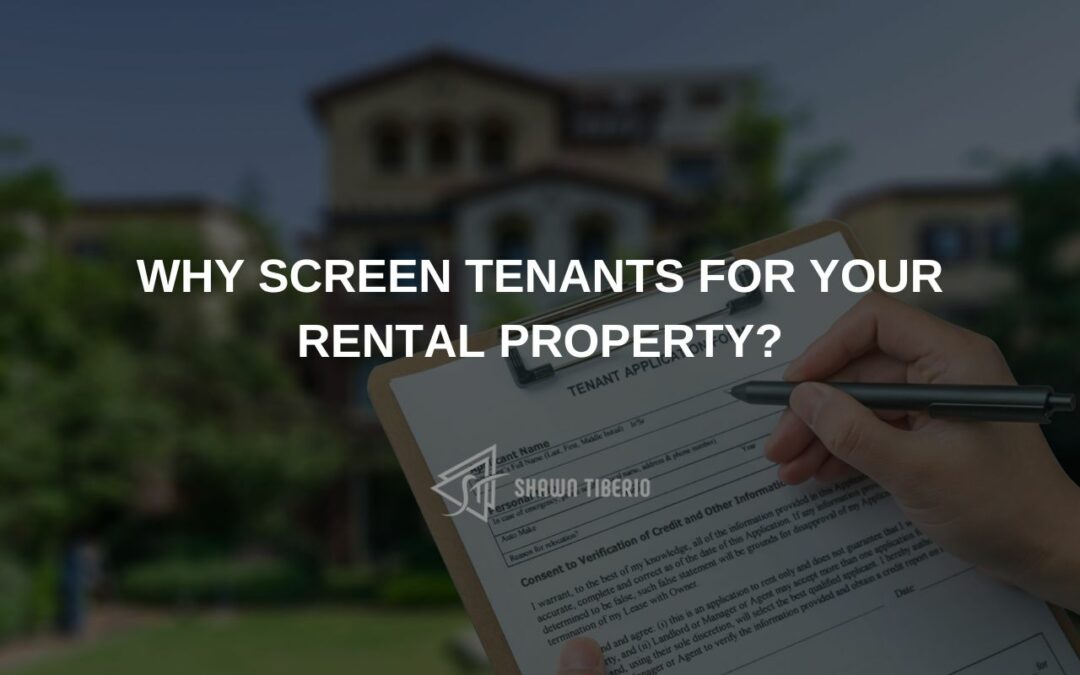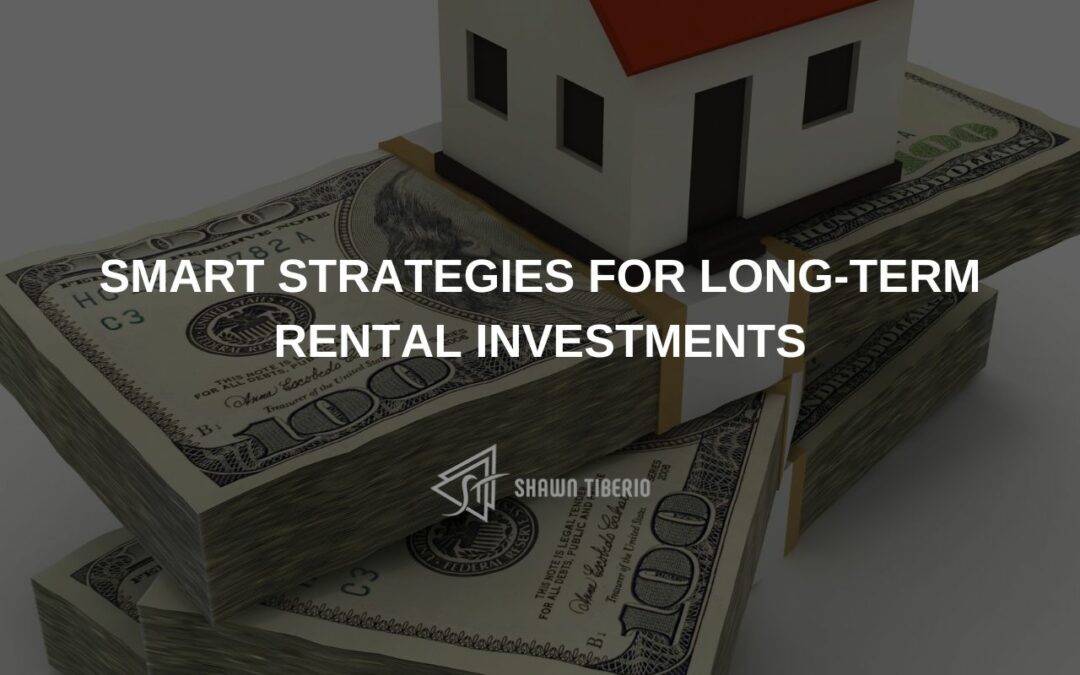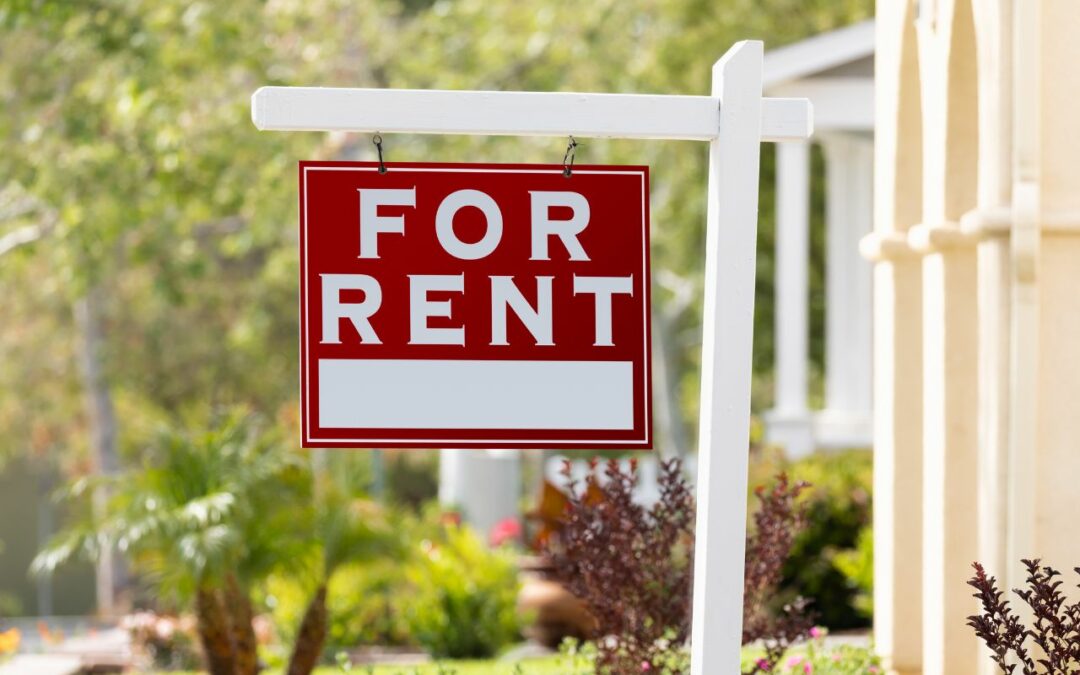Embarking on the journey of triple net lease investing is akin to navigating a complex maze, with each turn revealing a new layer of intricacy and opportunity.
As you delve into the world of NNN leases, you’ll encounter a multitude of factors that can significantly impact your investment’s success. From evaluating tenant creditworthiness to optimizing portfolio performance, there are 14 key insights that can serve as your compass in this intricate landscape.
Understanding these insights will not only help you navigate the challenges ahead but also unlock the potential for lucrative returns.
Key Takeaways
- NNN leases involve a different risk-reward equation for both landlord and tenant, with the tenant bearing the burden of operating expenses.
- Evaluating tenant creditworthiness is crucial before entering into a triple net lease agreement.
- Property location and visibility are critical factors for long-term success and profitability.
- Analyzing lease terms, including length, rent escalations, and tenant responsibilities, is essential for maximizing returns and minimizing risks in triple net lease investing.
Understanding NNN Lease Basics
Understanding the basics of a Triple Net Lease (NNN) involves grasping the inherent complexities and responsibilities associated with this form of real estate investment. When delving into NNN lease agreements, it’s crucial to comprehend the dynamics between the landlord and tenant.
Unlike traditional leases where the landlord typically assumes most responsibilities, in an NNN lease, the tenant takes on additional obligations, leading to a different risk-reward equation for both parties.
In this lease structure, the tenant bears the burden of not only the base rent but also the net real estate taxes, net building insurance, and net common area maintenance costs. This means that the tenant is responsible for the property’s operating expenses, including maintenance, repairs, and utilities. Understanding lease agreements in this context is essential, as these details determine the extent of the tenant’s financial responsibilities.
The advantage for the landlord lies in a predictable rental income stream without having to deal with the day-to-day operational issues of the property.
As an investor, comprehending tenant obligations in an NNN lease is pivotal. The tenant’s responsibilities aren’t limited to rent; they extend to the property’s ongoing expenses. This places a significant level of risk management on the tenant, as they’re subject to fluctuating operational costs. Consequently, when considering NNN lease investments, it’s crucial to thoroughly evaluate the tenant’s financial capability to fulfill these extensive obligations.
Evaluating Tenant Creditworthiness
Now that we’ve established the extensive financial obligations that tenants undertake in an NNN lease, the next crucial step is evaluating the creditworthiness of potential tenants.
Assessing financials and conducting thorough credit analysis are key components of this process. When evaluating tenant creditworthiness, it’s essential to delve into their financial history and current standing. This involves reviewing their credit reports, income statements, and balance sheets to gauge their ability to fulfill the lease obligations.
Assessing financials involves examining the tenant’s overall financial health, including their cash flow, debt-to-income ratio, and liquidity. A stable and consistent income stream is indicative of a tenant’s capability to meet lease payments. Additionally, a comprehensive credit analysis entails scrutinizing the tenant’s credit score and payment history. A strong credit score is a positive indicator, reflecting responsible financial behavior and a reduced likelihood of default.
Furthermore, understanding the tenant’s existing liabilities and obligations is crucial. Analyzing their existing debt and contractual commitments provides insight into their capacity to handle additional financial responsibilities such as NNN lease expenses.
This thorough evaluation of tenant creditworthiness is essential for mitigating the risk of potential lease defaults and ensuring a steady income stream from NNN lease investments. By carefully assessing financials and conducting rigorous credit analysis, investors can make informed decisions when selecting tenants for their NNN properties.
Assessing Property Location and Visibility
When assessing property location and visibility for triple net lease investing, it’s crucial to consider the importance of the location in relation to the target market and demographic.
Additionally, visibility considerations should be analyzed to ensure that the property is easily accessible and visible to potential customers or tenants.
Evaluating these factors can provide valuable insights into the property’s potential for long-term success and profitability in a triple net lease investment.
Location Importance
Assessing the location and visibility of a property is crucial in determining the potential success of a triple net lease investment. When considering property location, it’s essential to analyze the surrounding market trends to gauge the potential for sustained demand.
A prime location in a thriving area can significantly impact the long-term success of your investment. Visibility is equally important, as properties with high visibility tend to attract more customers, leading to increased tenant stability and higher rental income. Additionally, good visibility can contribute to the property’s marketability, making it easier to attract new tenants when necessary.
Understanding the dynamics of property location and visibility within the context of market trends can provide valuable insights that are instrumental in making informed decisions about triple net lease investments.
Visibility Considerations
Evaluating the visibility and location of a property plays a critical role in determining its potential for long-term success in triple net lease investments.
When considering property visibility, it’s important to assess how easily the property can be seen and accessed by potential customers. This can significantly impact the effectiveness of marketing efforts and the overall success of the tenant’s business.
Site selection is crucial, as properties located in high-traffic areas or near complementary businesses tend to have better visibility. Additionally, strategic signage placement can enhance visibility and attract more customers to the property, benefiting both the tenant and the property owner.
Understanding these visibility considerations is essential for making informed decisions in triple net lease investments.
Analyzing Lease Terms and Rent Escalations
As you assess potential triple net lease investments, it’s crucial to analyze the lease terms and rent escalations.
Look closely at the length of the lease, the frequency and terms of rent increases, and the specific responsibilities assigned to the tenant.
These factors can significantly impact the long-term profitability and stability of your investment.
Lease Length
When analyzing lease terms and rent escalations, it’s crucial to thoroughly review the lease length to gauge its impact on long-term investment returns. The lease length directly influences the long term stability and potential flexibility of your investment. Consider the following key points when evaluating lease length:
- Long-Term Stability: Longer lease terms provide a more stable and predictable income stream, reducing the risk of potential vacancies and income fluctuations.
- Lease Flexibility: Shorter lease terms offer more frequent opportunities to adjust rental rates to market conditions, potentially maximizing returns over time.
- Rent Escalations: Understanding how rent escalations are structured within the lease term is essential for projecting future income and assessing the lease’s overall value.
Thoroughly analyzing the lease length and its implications can significantly impact the success of your triple net lease investment.
Rent Increases
To gain a comprehensive understanding of how lease terms and rent escalations impact your investment, it’s imperative to delve into the specifics of rent increases within the lease agreement. Rent increases play a crucial role in triple net lease investing as they directly impact the potential for long-term income growth.
Analyzing the rent escalation clauses can provide insight into the projected cash flow and overall return on investment. Understanding the presence or absence of rent control regulations in the property’s location is paramount, as it can influence the landlord’s ability to increase rents.
Additionally, evaluating the potential impact of rent increases on tenant turnover is essential for maintaining a stable stream of income. By carefully assessing the rent escalation terms, investors can make informed decisions to optimize their investment’s long-term profitability.
Tenant Responsibilities
Analyzing the lease terms and rent escalations allows for a comprehensive understanding of the tenant’s responsibilities and their impact on long-term investment profitability. When considering triple net lease investments, it’s crucial to assess tenant obligations and lease compliance to mitigate potential risks and ensure a steady income stream.
Here are some key points to consider:
- Maintenance Responsibilities: Evaluate the tenant’s responsibility for property maintenance, including structural, mechanical, and operational upkeep.
- Insurance Coverage: Understand the tenant’s obligations regarding insurance coverage for the leased property, including liability and property insurance.
- Compliance with Lease Terms: Assess the tenant’s compliance with lease terms, such as use restrictions, operating covenants, and adherence to property rules and regulations.
Understanding these aspects of tenant responsibilities can significantly impact the overall success and profitability of a triple net lease investment.
Exploring Property Condition and Maintenance
Assessing the property’s physical condition and ensuring regular maintenance is crucial for successful triple net lease investing. Property inspections are essential to evaluate the condition of the building, including its structural integrity, electrical systems, plumbing, and HVAC. These inspections provide valuable insights into any potential maintenance issues that may arise during the lease term, helping you make informed decisions regarding the property.
Understanding the maintenance costs associated with the property is also vital. By thoroughly assessing the maintenance history and projecting future maintenance needs, you can accurately estimate the overall expenses that will be incurred. This knowledge allows you to negotiate lease terms that align with the property’s maintenance needs, ensuring that you aren’t burdened with excessive maintenance costs.
Additionally, considering the age and condition of the property is crucial when evaluating maintenance costs. Older properties may require more frequent and extensive maintenance, impacting your overall investment returns. Conversely, newer properties may have lower maintenance costs, potentially increasing your profitability.
Moreover, regular maintenance not only preserves the property’s value but also enhances tenant satisfaction. It minimizes unexpected breakdowns and disruptions, leading to happier and more satisfied tenants, which is essential for the success of a triple net lease investment.
Uncovering Potential Hidden Costs
When considering triple net lease investing, it’s crucial to thoroughly analyze lease terms to uncover any potential hidden costs.
Evaluating property maintenance and condition is essential for identifying potential expenses that may not be immediately apparent.
Being proactive in uncovering these costs can help you make more informed investment decisions and avoid unexpected financial burdens down the line.
Analyzing Lease Terms
Regularly reviewing lease terms is essential for uncovering any potential hidden costs that may impact your investment in a triple net lease property. When analyzing lease terms, pay close attention to:
- Additional Fees: Look for clauses that could result in unexpected fees, such as maintenance or common area expenses, which could significantly impact your net income.
- Renewal Options: Assess the lease agreement for renewal terms and potential rent increases, as these factors can affect the property’s long-term profitability.
- Responsibility for Capital Expenses: Determine whether the lease places the responsibility for major capital expenses, such as roof repairs or HVAC system replacements, on the tenant, as this could have significant financial implications.
Evaluating Property Maintenance
As an investor in triple net lease properties, it is crucial to thoroughly evaluate the potential hidden costs associated with property maintenance to accurately assess the overall financial impact on your investment. Property upkeep and maintenance costs can significantly affect your bottom line. When evaluating property maintenance, consider potential hidden costs that may arise and impact your returns. Here’s a breakdown of key areas to analyze:
| Area of Maintenance | Potential Hidden Costs | Impact on Investment |
| Exterior Maintenance | Unexpected structural repairs | Increased expenses |
| HVAC Systems | Emergency repairs | Tenant dissatisfaction |
| Landscaping | Pest infestations | Property devaluation |
Identifying Market Trends and Demographics
Identifying market trends and demographics is crucial for making informed decisions in triple net lease investing. Market analysis and demographic research provide valuable insights into the potential success of a triple net lease investment. Understanding the local market trends and demographic composition can help you assess the long-term viability and stability of a property, guiding your investment strategy effectively.
- Market Analysis: Conduct a comprehensive market analysis to understand the economic conditions, growth potential, and market saturation in the area where the property is located. This analysis should encompass factors such as employment rates, population growth, and development plans that could impact the demand for commercial properties.
- Demographic Research: Delve into demographic research to gain a deep understanding of the population living and working around the property. Factors such as median income, age distribution, and consumer behavior can influence the type of tenants that may be attracted to the property and their potential longevity as lessees.
- Trend Identification: Keep a close eye on emerging market trends and shifts in demographics. For instance, if a neighborhood is undergoing gentrification, the demand for commercial properties may increase, presenting a favorable investment opportunity.
Mitigating Risks Through Diversification
Diversifying your investment portfolio is a prudent strategy for mitigating risks in triple net lease investing. Portfolio diversification involves spreading your investments across different assets to reduce the impact of any single investment’s performance on your overall portfolio.
In the context of triple net lease investing, diversification can take various forms, including tenant diversification and property type diversification.
Tenant diversification involves investing in properties with leases from a diverse range of tenants across different industries. This approach can help mitigate the risk of revenue loss associated with a single industry downturn. By spreading your investments across multiple tenants, you reduce the impact of any one tenant vacating a property or facing financial difficulties.
Similarly, property type diversification involves investing in different types of properties, such as retail, office, and industrial spaces. Each property type has its own risk factors and market dynamics. By diversifying across property types, you can reduce the impact of specific market challenges that may affect a particular property sector.
Leveraging Financing Options and Structures
You can leverage financing options and structures to optimize your triple net lease investments. Understanding different types of financing, such as traditional mortgages or sale-leasebacks, can provide flexibility in structuring terms that meet your investment goals.
Additionally, effective risk management strategies can be implemented through careful consideration of financing options, ensuring that your investment remains secure and profitable.
Financing Types
Leveraging various financing options and structures is a critical aspect of triple net lease investing, enabling investors to optimize capital utilization and enhance long-term returns. When considering financing for triple net lease investments, it’s essential to evaluate the lease financing terms and understand the tenant’s creditworthiness. Here are some key financing types to consider:
- Traditional Bank Loans: These loans offer competitive interest rates and terms, suited for investors with strong credit and established relationships with banks.
- Sale-Leaseback Transactions: This option allows property owners to free up capital by selling the property to a buyer and then leasing it back. It can be beneficial for unlocking trapped equity.
- 1031 Exchange**: Investors can defer capital gains taxes by exchanging one investment property for another, providing an opportunity to leverage gains into a larger property.
Understanding these financing options can help you make informed decisions and maximize the potential of your triple net lease investments.
Structuring Terms
When exploring structuring terms for triple net lease investments, considering the diverse range of financing options and their corresponding structures is essential for optimizing investment potential and long-term returns.
Lease negotiation plays a pivotal role in structuring terms for triple net lease investments. The negotiation process involves determining the lease term, rental increases, and responsibilities for expenses such as property taxes, insurance, and maintenance.
A well-structured tenant agreement is also crucial. It should outline the responsibilities and obligations of the tenant, including property maintenance, repairs, and compliance with property regulations. Additionally, the agreement should address lease renewal options and potential modifications to ensure both parties are protected and aligned with their long-term objectives.
Risk Management
Considering the diverse range of financing options and their corresponding structures is crucial for effectively managing risk in triple net lease investments. When it comes to risk management, leveraging financing options and structures can significantly impact the overall success of your investment.
Here are some key factors to keep in mind:
- Tenant Screening: Thoroughly vetting potential tenants can mitigate the risk of lease defaults and disruptions in rental income. Conducting background checks, reviewing financial statements, and assessing creditworthiness are essential steps in this process.
- Lease Negotiations: Carefully crafting lease agreements that clearly define tenant responsibilities, rent escalations, and maintenance obligations can help minimize potential risks. Negotiating favorable terms and conditions can provide a level of protection against unforeseen circumstances.
- Diversified Financing: Exploring a mix of financing options such as traditional mortgages, sale-leaseback arrangements, or financing through real estate investment trusts (REITs) can help spread risk and optimize capital structure.
Understanding and effectively utilizing these financing options and structures can bolster risk management strategies in triple net lease investments.
Maximizing Tax Benefits and Depreciation
To maximize tax benefits and depreciation in triple net lease investing, strategize your asset acquisition and management to optimize your financial advantages.
Effective tax planning is crucial in maximizing the benefits of triple net lease investments. Allocating capital strategically can help you take advantage of tax benefits and depreciation.
When acquiring assets, consider the impact of depreciation on your tax liability. Depreciation allows you to deduct the cost of the property over its useful life, reducing your taxable income. By understanding the depreciation schedule for different types of assets, you can make informed decisions about which properties to invest in.
Furthermore, consider structuring your investments through a cost segregation study. This study can help you identify shorter depreciable lives for certain components of the property, accelerating depreciation deductions and providing increased tax benefits.
Additionally, consider the potential benefits of a 1031 exchange, which allows you to defer capital gains taxes by reinvesting the proceeds from the sale of one property into another like-kind property.
It’s essential to work closely with tax professionals and financial advisors who specialize in real estate to ensure you’re maximizing tax benefits and depreciation. They can provide valuable insights into structuring your investments to take full advantage of available tax incentives and depreciation strategies.
Negotiating Lease Renewal and Exit Strategies
With your triple net lease investment structured to maximize tax benefits and depreciation, the focus turns to negotiating lease renewal and developing effective exit strategies to maintain and optimize your investment portfolio.
When it comes to lease negotiation and exit planning, here are some key insights to consider:
- Lease Negotiation: As your lease approaches renewal, it’s essential to approach negotiations strategically. Understand the current market conditions and comparable lease rates in the area. This knowledge empowers you to negotiate favorable terms, potentially increasing the lease rate or adjusting certain responsibilities to better align with your investment goals. Communicate openly with the tenant to address any concerns or necessary adjustments, fostering a positive landlord-tenant relationship that can lead to a mutually beneficial lease renewal.
- Understanding Tenant’s Business: Gain insight into the tenant’s business performance and future plans. Understanding their operations can inform your negotiation strategy and provide valuable insights into the likelihood of lease renewal. It also helps in assessing the potential impact on your investment in the event of a non-renewal.
- Developing Exit Strategies: While aiming for long-term leases is ideal, having exit strategies in place is prudent. Consider potential scenarios such as early lease termination, selling the property with an existing lease, or repositioning the property for alternative uses. Having clear exit strategies ensures that you can adapt to changing market conditions and maximize the value of your investment.
Implementing Property Management Best Practices
You can implement property management best practices by establishing clear communication channels and fostering proactive tenant relations. Effective property upkeep is essential for maintaining the value of your investment. Regular inspections and maintenance schedules can help you identify and address issues before they escalate, ensuring that your property remains in top condition. Implementing preventive maintenance measures not only reduces long-term repair costs but also demonstrates your commitment to providing a well-maintained space for your tenants.
Open and transparent communication with tenants is crucial for a successful landlord-tenant relationship. Encouraging tenants to report maintenance issues promptly can help you address problems in a timely manner, preventing potential escalation and dissatisfaction. Additionally, providing clear guidelines on property care and maintenance responsibilities can help ensure that tenants understand their role in preserving the condition of the property.
Moreover, fostering proactive tenant relations involves being responsive to their needs and concerns. Promptly addressing inquiries and resolving issues can contribute to a positive tenant experience and improve tenant retention. Building strong relationships with tenants can also lead to a better understanding of their specific needs and preferences, allowing you to tailor your property management approach accordingly.
Navigating Legal and Regulatory Considerations
Navigating legal and regulatory considerations requires a comprehensive understanding of local laws and ordinances, as well as a proactive approach to compliance to ensure a smooth and legally sound operation of your investment property. Legal compliance and government regulations play a crucial role in the success of your triple net lease investment. Here are some key insights to help you navigate the legal and regulatory landscape:
- Stay Informed: Keep yourself updated with the latest changes in local, state, and federal laws that may impact your investment property. This includes zoning laws, building codes, and environmental regulations.
- Consult Legal Experts: Seek advice from legal professionals who specialize in real estate and property law. They can provide valuable guidance on compliance, lease agreements, and potential legal pitfalls.
- Proactive Compliance: Establish processes to ensure ongoing compliance with regulations. Regular inspections, maintenance, and documentation can help demonstrate your commitment to legal adherence and mitigate potential risks.
Understanding and adhering to legal requirements is essential for the long-term success of your triple net lease investment. By prioritizing legal compliance and staying abreast of government regulations, you can protect your investment and foster a positive landlord-tenant relationship.
Optimizing Portfolio Performance and Exit Plans
Ensuring optimal portfolio performance and strategizing exit plans necessitates a comprehensive understanding of your investment’s financial dynamics and market trends, building upon the foundation of legal and regulatory compliance. Exit planning involves deliberate strategies to maximize the value of your triple net lease investments, whether through a sale, lease expiration, or renewal negotiation. Performance optimization, on the other hand, focuses on enhancing the overall profitability and stability of your portfolio through proactive management and risk mitigation.
When it comes to exit planning, it’s essential to consider various factors that could influence your decision, such as market conditions, property appreciation, and lease terms. Developing a well-thought-out exit strategy can help you capitalize on favorable market conditions and minimize potential losses. Additionally, understanding the potential tax implications of different exit scenarios is crucial for maximizing your returns.
| Exit Planning | Performance Optimization |
| Market Conditions | Proactive Management |
| Property Appreciation | Risk Mitigation |
| Lease Terms | Profitability |
On the performance optimization front, actively managing your portfolio by staying updated on market trends, conducting regular property inspections, and maintaining good tenant relationships can significantly impact your bottom line. By implementing a proactive approach to property management, you can identify and address potential issues early, ultimately safeguarding the long-term performance of your investments.
Frequently Asked Questions
How Can I Ensure That I Am Getting the Best Financing Options and Structures for My Triple Net Lease Investment?
To ensure the best financing options and structures for your triple net lease investment, it’s crucial to explore various lenders and negotiate favorable terms.
Consider leveraging your existing relationships with financial institutions and engage in proactive lease negotiation strategies to secure favorable terms.
What Are Some Potential Hidden Costs That I Should Be Aware of When Investing in a Triple Net Lease Property?
When investing in a triple net lease property, hidden costs can sneak up on you if you’re not diligent.
It’s crucial to conduct thorough due diligence on tenant credit, lease terms, and potential expenses.
Keep an eye out for unexpected maintenance costs, property taxes, and insurance premiums. These could significantly impact your bottom line if not properly assessed.
Diligence in uncovering these hidden costs will help you make informed investment decisions.
What Are Some Key Market Trends and Demographic Considerations That I Should Take Into Account When Investing in a Triple Net Lease Property?
When considering investing in a triple net lease property, it’s crucial to analyze market trends and demographic factors.
Understanding the current market trends and demographic analysis can help you assess the risk, anticipate lease terms, and make informed investment decisions.
Keep a close eye on market shifts and demographic changes to stay ahead of the game and maximize your investment potential.
How Can I Effectively Negotiate Lease Renewal and Exit Strategies for My Triple Net Lease Investment?
When negotiating lease renewals for your triple net lease investment, focus on creating win-win solutions. Emphasize the value you bring to the property and be open to compromise.
Regarding exit planning, consider potential market conditions and your long-term investment goals. It’s crucial to have a clear understanding of your options and potential obstacles.
What Are Some Legal and Regulatory Considerations That I Need to Navigate When Investing in a Triple Net Lease Property?
When investing in a triple net lease property, legal compliance and regulatory hurdles are crucial considerations. Navigating the complex web of laws and regulations demands careful attention to detail. Ensure that you have a comprehensive understanding of zoning laws, building codes, environmental regulations, and tax requirements.
Engage with legal professionals to guide you through the intricate landscape of legal and regulatory compliance to avoid potential pitfalls and ensure a smooth investment process.
Final Thoughts
So there you have it, 14 key insights for triple net lease investing.
Now that you’re armed with this knowledge, you can navigate the world of NNN leases with confidence and savvy.
Remember to evaluate tenant creditworthiness, assess property location, and analyze lease terms.
Keep an eye on property maintenance and legal considerations, and always be ready to optimize your portfolio performance and exit plans.
Happy investing!












